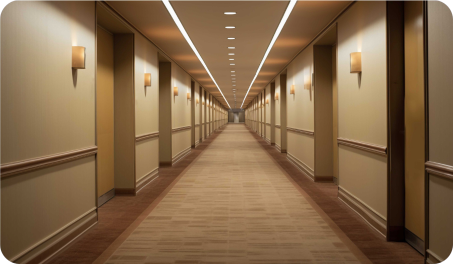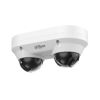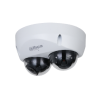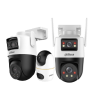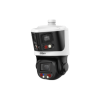Accurate magnification
Based on automatic calibration technology, the coordinates of the panoramic channel and the detail channel correspond. After selecting the target you want to zoom in on in the panoramic channel, the detail camera rotates the gimbal system to find the accurate position of the target and zooms in on it

































